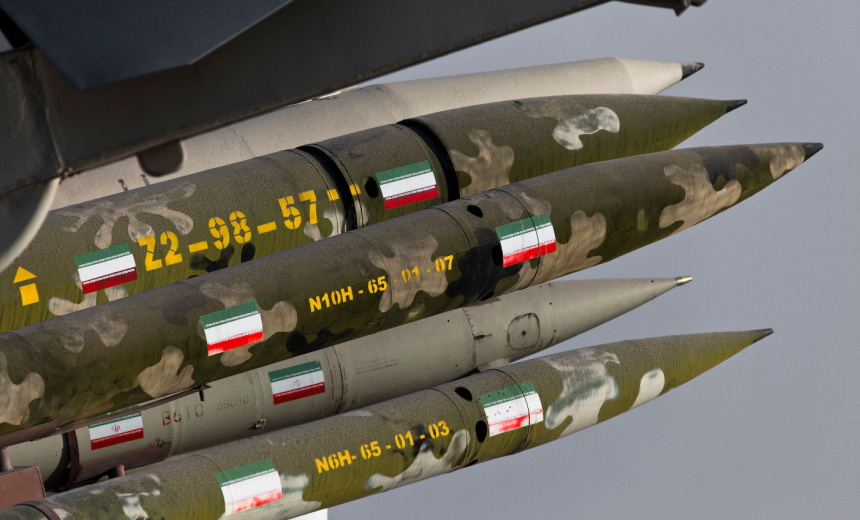Cyberwarfare / Nation-State Attacks,
Fraud Management & Cybercrime
Analysts Warn US Infrastructure May Be Next as Iran Plans Missile Strike Response

Recent missile exchanges between Israel and Iran have intensified concerns regarding potential cyberattacks, particularly targeting U.S. critical infrastructure. The Israeli military launched a preemptive strike on Iranian nuclear and military sites, reportedly aiming to destabilize Iran’s missile capabilities and nuclear program. This military escalation has set off alarms regarding retaliatory cyber operations that may mirror past high-profile incidents aimed at U.S. sectors.
Israeli officials have described the Thursday assault as necessary to eliminate key Iranian military figures, which subsequently prompted Iran to retaliate with missile fire directed at Israeli territories. Cybersecurity experts warn that these hostilities could trigger a surge in Iranian cyberattacks reminiscent of previous efforts targeting American infrastructure. The potential for these tactics falls within the MITRE ATT&CK framework, highlighting techniques such as initial access and execution, which are critical for disruptive cyber operations.
John Hultquist, chief analyst at Google’s Threat Intelligence Group, indicated that while Iranian cyber activities have previously been somewhat confined to the region, the recent military aggression may catalyze a broader campaign against U.S. interests. Current cyber espionage from Iran tends to focus on government and political spheres, but there is a genuine risk that future efforts could extend to private sectors and critical infrastructure.
Historically, Iranian state-sponsored actors have demonstrated capabilities for both cyberespionage and offensive cyber actions, employing tactics that include credential theft and botnet orchestration. In an October 2024 alert, U.S. cybersecurity agencies raised concerns about Iranian hackers gaining access to various sectors such as healthcare and energy, employing brute-force attacks to breach security.
As tensions escalate, analysts speculate that Iran might resort to cyber responses similar to past strategies that heavily targeted U.S. banks with distributed denial-of-service (DDoS) attacks. Such measures, observed over a decade ago, could be reactivated as Iran seeks to inflict damage on its adversaries without further escalating conventional military conflicts.
The continuous cycle of land wars in Europe and longstanding strife in the Middle East may compel state actors, including Iran, to leverage cyber capabilities as a tool of war. Annie Fixler, a senior fellow at the Foundation for Defense of Democracies, cautions that while missiles and bombings remain traditionally effective, cyber operations can also disrupt adversarial actions, complicating defenses before they even begin.
However, the effectiveness of cyberattacks is inherently uncertain; unlike physical assaults, which yield immediate and tangible results, the outcomes of cyber actions can vary widely. Analysts warn that even if disruptive cyber tactics are deployed against civilian infrastructure, the impact on public sentiment can be unpredictable, as past efforts to influence uprisings through military force have typically failed.
In response to the ongoing military conflict, cybersecurity firm Radware has issued a warning about heightened cyber threats from Iranian sources, emphasizing the likelihood of cyber retaliation in light of Iran’s dwindling conventional military options and losses in leadership. The evolving landscape of cyber warfare between Israel and Iran dates back to landmark incidents like the Stuxnet attack, which disrupted Iranian nuclear enrichment efforts. In recent years, Iran has expanded its cyber toolkit, launching aggressive campaigns that target critical infrastructure, illustrating the persistent threats faced by nations caught in geopolitical conflicts.
